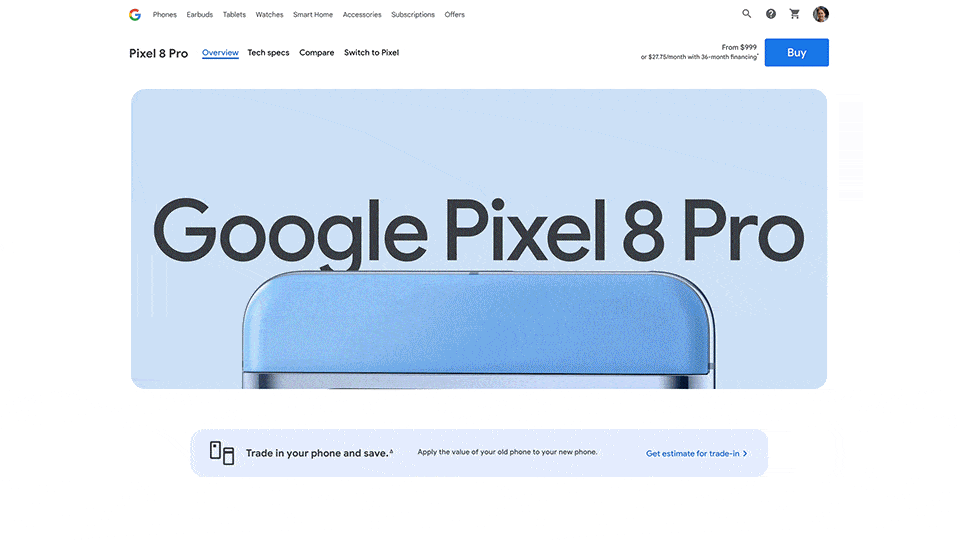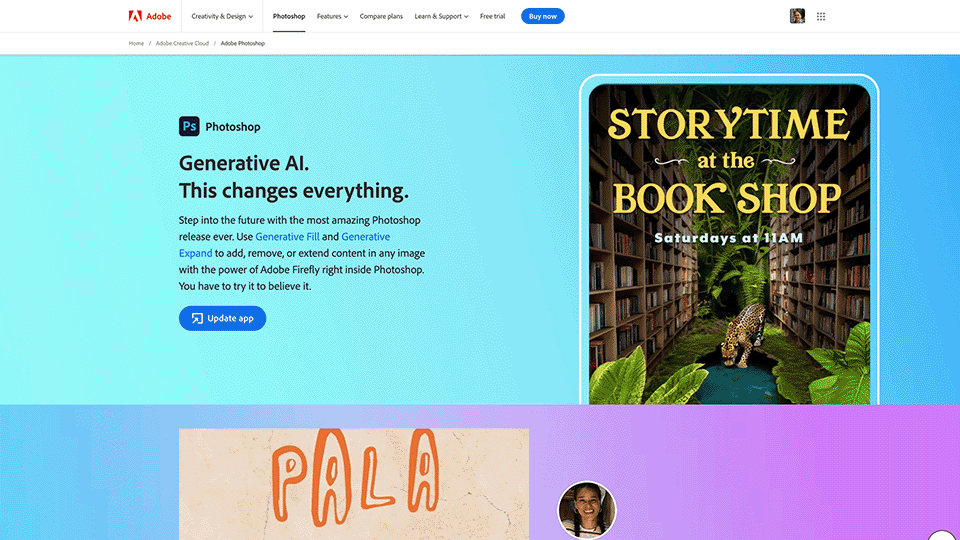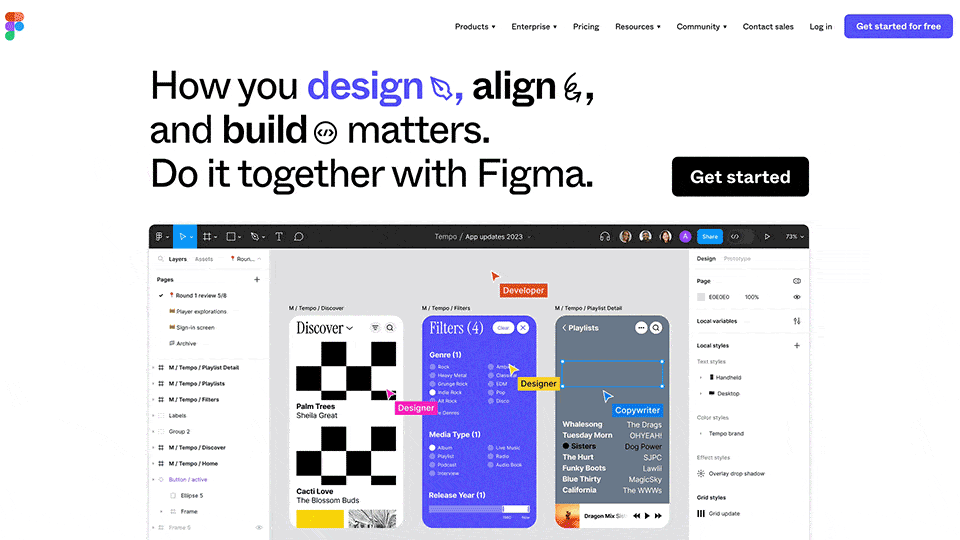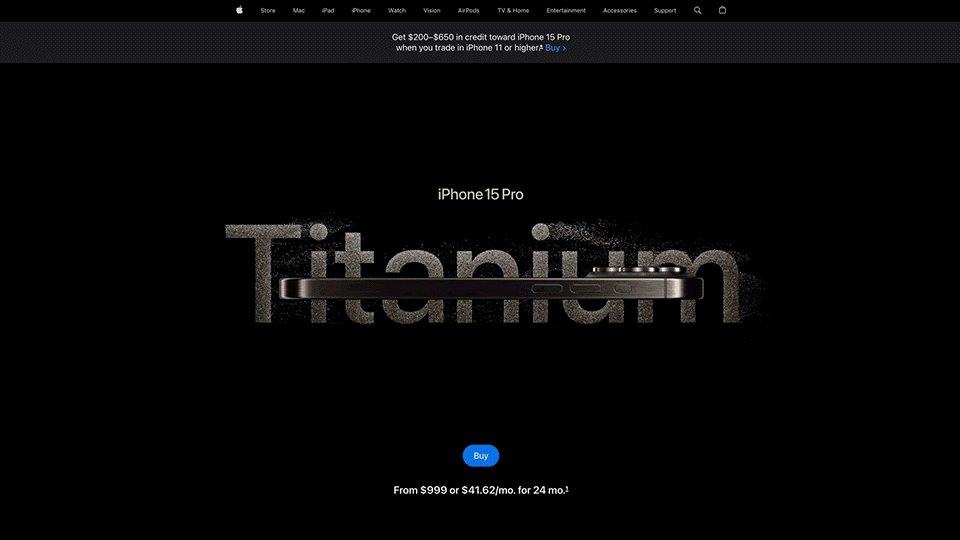A brand serves as a company’s fingerprint in the marketplace, setting it apart from competitors through a blend of differentiation, uniqueness, and identity. It encompasses various elements, including a company’s name, logo, design, tone of voice, and essentially any feature that identifies the company to its consumers amidst a sea of alternatives. A strong brand is often steeped in a consistency that fosters recognition and trust, contributing substantially to a company’s valuation and consumer allegiance.
Concurrently, User Experience (UX) and User Interface (UI) are pivotal facets in the digital realm that significantly influence a user’s interaction with digital platforms, like websites and applications. UX refers to the overall feel and satisfaction a user derives from using a product, while UI is about the layout and visual elements that guide the user through the product. Their importance cannot be overstated as they can profoundly affect consumer satisfaction, brand perception, and, consequently, the company’s bottom line.
Transitioning to the interplay between branding and UX/UI, a synergistic blend of these components can lead to an emotional connection between a consumer and a company’s brand. The aesthetics and interactiveness of UX/UI, when harmoniously integrated with the brand’s essence, create a digital atmosphere that resonates with the consumer on a profound level. This harmonization not only elevates user engagement but infuses a sense of brand loyalty that can significantly augment the retention rate. As the digital sphere continues to be a primary point of interaction between companies and consumers, the fusion of branding with UX/UI is not a mere enhancement but an imperative strategy for companies aiming to thrive in the modern marketplace.
Central to the seamless integration of branding with UX/UI is an unwavering commitment to consistency, which forms the bedrock of a memorable digital identity. Each design facet, from the carefully chosen color palettes to the distinctive typography and the intuitive layout, should serve a dual purpose—ensuring functionality while resonating with the brand’s core identity. Take, for instance, a brand embodying the themes of “youth” and “vibrancy”; the strategic choice of bright, contrasting colors, dynamic layouts, and bold typefaces is imperative. These elements, when harmoniously intertwined, serve as a continuous reinforcement of the brand ethos as users navigate through the digital platform. For example, the Google Store website showcases design consistency through its intuitive layout, harmonizing colors and fonts, and seamless navigation, making the shopping experience both pleasant and user-friendly.
Moreover, such a meticulous design approach transcends mere aesthetics; it creates a resonant narrative that underscores the brand’s identity, making every user interaction a brand-affirming experience. This strategic alignment between branding and UX/UI not only enriches the user experience but also morphs the digital platform into a potent conduit for brand communication. Ultimately, this consistency in design, reflecting the brand’s core values, fosters a trustworthy and engaging platform that resonates with the target audience.

Creating an emotional connection through UX/UI design is a profound tactic to foster brand perception and engagement, aiming to transcend a mere transactional user relationship. Utilizing design elements like colors and shapes can evoke a spectrum of emotions; for instance, a tranquil blue, often used in finance apps like PayPal, evokes trust and calmness, while an exciting red may stir urgency, often used in sales promotions. Beyond color, storytelling within design also forms a compelling pathway to engage emotions. Airbnb, for instance, masterfully employs storytelling in its UX/UI design, crafting a narrative through visuals and user journeys that echo the experiences and stories of hosts and travelers, making the platform more relatable and inspiring. Adobe’s website skillfully creates an emotional connection, using vibrant imagery and interactive elements that evoke a sense of creativity and inspiration in its users.
Incorporating human-centric imagery and micro-interactions further humanizes the user experience, adding a layer of empathy and engagement. Platforms like Slack create a playful, human-like environment with friendly illustrations and conversational micro-interactions, softening the formal corporate communication landscape. On a similar note, providing emotional feedback mechanisms, like Facebook’s ‘Reactions’ feature, enables a personalized user interaction, allowing users to express emotions and engage on a deeper level. Through these nuanced design strategies, brands can foster a rich emotional connection, making the user experience more engaging, memorable, and aligned with the brand’s core values and personality.

Typography, which some mistakenly deem as a mere afterthought, actually wields significant power in translating a brand’s essence. The subtleties in font choices can capture the intricacies of brand identity. Whether it’s the refined elegance of a serif font chosen for a high-end luxury brand or the sleek simplicity of a sans-serif that resonates with a cutting-edge tech startup, the language of fonts speaks volumes. By thoughtfully and consistently applying specific fonts across all digital interfaces and marketing materials, businesses can underscore their brand’s personality and promises.
Figma’s website effectively utilizes typography in its UX/UI design, employing clean, readable fonts that not only enhance the aesthetic appeal but also improve the overall user experience by facilitating easy navigation and readability.

Microinteractions present another rich opportunity for embedding brand identity into UX/UI. These are the small, nuanced animations or design reactions that respond to user activity. The beauty of microinteractions lies in their ability to surprise and delight. A whimsical loading animation crafted in the brand’s theme or cleverly written, brand-consistent error messages that bring out a brand’s quirky personality not only enhance functionality but also turn routine interactions into memorable moments.
The Apple website enhances its UX/UI design with subtle yet impactful microinteractions, like animated buttons and responsive menus, that not only delight users but also provide intuitive feedback for a more engaging browsing experience.

Navigating the diverse world of mobile UX/UI further adds layers of complexity to this branding challenge. With the myriad of screen sizes, resolutions, and operating systems, maintaining brand consistency can sometimes feel like navigating a maze. However, with advanced responsive design techniques and a laser-focused commitment to preserving brand aesthetics and feel across platforms, businesses can rise to this challenge, ensuring their brand feels at home regardless of the device.
PayPal’s mobile experience excels in UX/UI design by seamlessly incorporating its distinctive brand elements into a streamlined, user-friendly interface, which not only simplifies transactions but also reinforces brand identity, ensuring a secure and visually cohesive experience for its users.

The modern digital era is reshaping how branding is perceived and executed, blending traditional branding channels with digital platforms, thereby presenting businesses with a more intricate challenge. This evolving scenario underlines the crucial role of professional designers, who hold the key to successfully navigating this complex realm. With their rich experience, keen aesthetic eye, and deep understanding of user behavior across digital platforms, professional designers are adept at meticulously integrating branding into UX/UI design to significantly elevate user engagement and satisfaction. Their expertise ensures a seamless melding of brand identity with user-centric design, creating a coherent and engaging user experience. Furthermore, their adeptness in utilizing advanced design tools and staying updated with evolving design trends is invaluable. By fostering a well-crafted digital presence, professional designers help cultivate a form of brand loyalty that transcends beyond mere pixels, embedding the brand deeply into the hearts and minds of consumers. This not only creates a lasting impression but fosters a community of loyal customers, significantly bolstering the brand’s market positioning and recall value. It is instrumental to weave the brand’s essence intricately through the digital user experience, bridging the gap between functional expectations and profound brand loyalty.
Ready to amp up your digital presence? Our expert designers blend creativity with user-centric strategies, ensuring your brand not only engages but resonates with your target audience. Contact us to learn more!

We love to make cool things with cool people. Have a project you’d like to collaborate on? Let’s chat!
Stay up to date on what BizStream is doing and keep in the loop on the latest in marketing & technology.